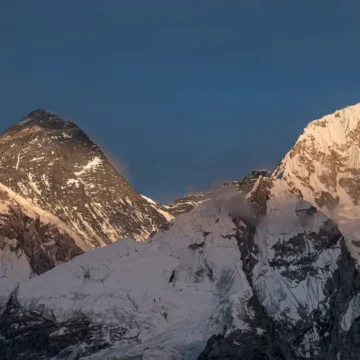
Snow Hiking in Nepal | Best Seasons, Places and Challenges
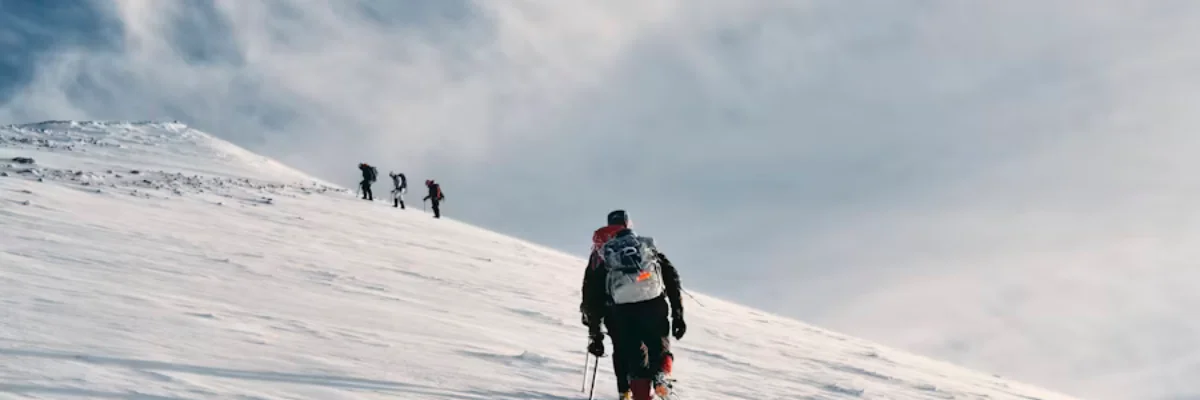
Table of Contents
Some people just don’t like doing regular and traditional things. For people who like different experiences and enjoy the thrill in the high mountains, snow hiking in Nepal can be their thing.
Snow hiking offers a unique winter adventure where you trek through snow-covered trails surrounded by serene, icy landscapes.
With crisp air, quiet surroundings, and stunning white scenery, it combines physical activity with peaceful nature immersion, perfect for those seeking both challenge and calm during the colder months.
What is Snow Hiking?
Snow Hiking is a thrilling activity that involves walking on snow-covered trails, which is typically done in high-altitude regions. Unlike regular hiking, it requires extra fitness, a different mentality and knowledge since it includes navigating through snowy trails.
You will need snow hiking gear like waterproof boots, gaiters, and trekking poles, and sometimes, depending on the trail, you will need microspikes or snowshoes for better grip and balance.
Snow hiking is calmer, quieter and more physically demanding. It also includes the risk of altitude sickness, frostbite and hypothermia if you are not prepared.
Benefits of Snow Hiking
Snow hiking is a physically demanding activity but also rewarding both for your body and your mind. Following are the benefits of hiking on snow.
- When you walk in the snow, it takes more energy to move your feet, and your body works extra. Your full body workout will happen as hiking in the snow burns more calories.
- You will engage in an exciting walking activity while experiencing the quiet winter landscapes, fresh air, and sunlight, which heals your soul, resulting in reduced stress and anxiety.
- Snow hiking is not everyone’s cup of tea, so you will have more solitude and space to enjoy nature without distractions.
- The snow as a backdrop in every scenery makes every landscape unrealistically beautiful. Frozen lakes, snowy trees, snow-capped mountains, and snow-covered old houses are beautiful to watch.
- Exposing yourself to cold temperatures helps your body adapt to temperature shifts and may improve the immune system over time.
- Cold hikes require more awareness and presence, which helps to improve your focus and awareness.
Why Choose Snow Hiking in Nepal?
Nepal is a country in South Asia, with most part of it in the Himalayas. In areas above 2000 meters (6561.68 ft), Snowfall is very common. Nepal has a unique topography divided into three regions: Terai (Plane), Hilly region and Himalayan region.
With much of the country covered in hills and mountains, Nepal offers diverse landscapes, from lush forests to snow-covered peaks. You will get to observe how people in altitudes carry out day-to-day activities.
Mother heating up the house with an early morning fire ignition in the hearth, father cutting wood, and kids snuggling near the fireplace; this is an experience that doesn’t let you feel depressed and anxious like you feel in concrete jungles.
Snow hiking in Nepal isn’t just a winter thing; it’s a whole mood. Once you hit those higher trails, say around 2,000 meters and up, snow becomes part of the scene.
The usual green turns white, the air gets sharp, and the whole vibe slows down. You’re not rushing to reach the top; you’re just there, moving through this quiet, frozen world.
It’s not some hardcore expedition, either. Places like Ghorepani or Langtang still welcome hikers, even when it’s snowed in. Teahouses are warm, food’s hot, and the trails, though a bit more challenging, feel emptier in the best way.
You’ll need good boots, solid layering of clothes, and maybe some spikes and trekking poles, but it’s all doable. The peace you feel in these trails is just unreal. Snow hiking in Nepal hits differently. It’s not loud or flashy. It’s just you, walking slowly, seeing the mountains in a softer light.
Which is the Best Season for Snow Hiking in Nepal?
The best season for snow hiking in Nepal is winter, from late December to February. During this time, higher-altitude trails like Everest, Poon Hill, and Langtang receive fresh snowfall, offering ideal snow-hiking conditions.
The skies are generally clear, providing excellent mountain views. Trails are less crowded during non-peak trekking seasons. However, temperatures can drop significantly, especially at night, and some high passes may be closed due to heavy snow.
Proper winter gear and weather monitoring are essential. Winter offers a unique, serene snow hiking experience for those prepared for cold and changing mountain conditions.
Top 12 Best Places to Experience in Nepal
There are plenty of trails in Nepal that can be hiked and trekked even in the off-season, like snow hiking. They range from a day hike to a multiple-day trek. Down here is the list of the snow hikes and treks that can be done.
Langtang valley Trek
Langtang Valley trek is the best 8-day trial for the snow trek adventure. This trek has everything that a snow trekker seeks: thrill, challenges, beauty and refreshment.
The highest elevation is 4773 meters (15659 ft) at Kyanjin Ri, which is one of the major highlights of this trek, including stunning views of Langtang Lirung, frozen rivers and waterfalls, and warm teahouses.
It is an 8-day trek starting from a 7–8 hour drive from Kathmandu to syabrubesi. In this trail, the area that experiences the most Snowfall is Kyanjin Ri and Tserko Ri and snowfall usually starts from early December to mid February
Everest Base Camp Trek
It is one of the most iconic trails in the world that can also be done in winter. The Everest Base Camp trek is 12-day trek. The highest point in this trek is 5364 meters (17598.5 ft).
Doing snow Everest Base Camp trek is challenging and requires you to be physically and mentally fit. It comes with challenges, but rewards make it worth the pain.
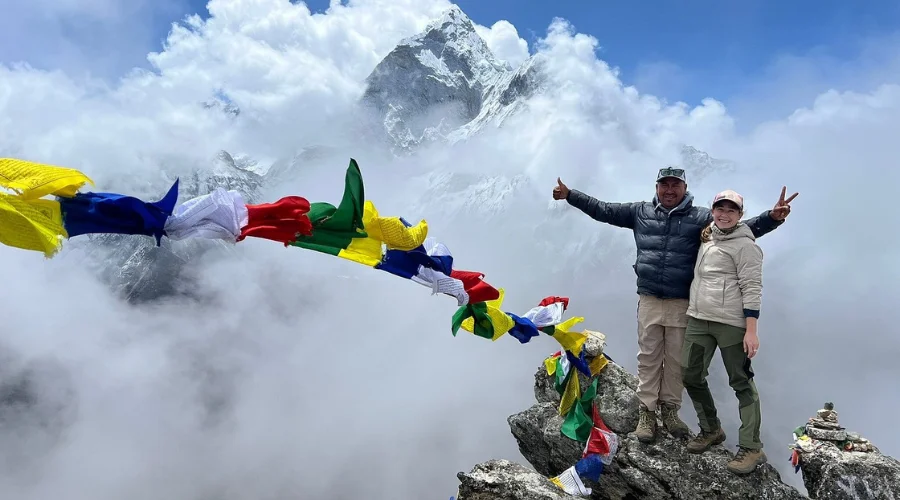
You will be experiencing sherpa hospitality, witnessing the highest peak of the world from its base camp, trying Nepali and Tibetan foods, and walking on snow-covered trails.
In the Everest region, Everest Base Camp is doable, but extremely high-altitude treks like the Gokyo Lakes treks and Three Pass treks cannot be done. The local authority restricts trekking in those areas during winter because of extreme snowfall.
The upper region of Everest, like Gorakshep, Lobuche and base camp, experiences the most Snowfall. The exact date of Snowfall cannot be pinpointed because the weather patterns keep changing, but Snowfall usually starts in November.
Annapurna Base Camp Trek
It is an 11-day trek starting from Pokhara and one of the most famous treks in the Himalayas that you can also do in winter as a snow trek. The highest point of this trek is 4130 meters (13549.87 ft).
Doing the snow Annapurna Base Camp trek is demanding but highly rewarding. You will witness stunning snowcapped peaks like Machhapuchhre and Annapurna, experience Gurung and Magar culture, savour traditional foods like Dal Bhat and Mo:Mo, and walk on trails covered in snow.
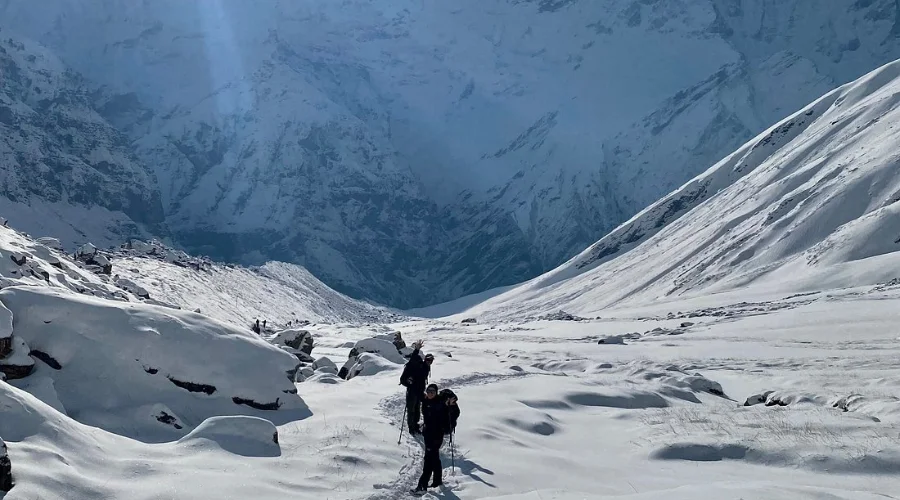
The higher parts of the trek, like Machapuchare Base Camp and Annapurna Base Camp, get the most Snowfall. The exact date of Snowfall is hard to determine as the weather patterns keep changing, but Snowfall typically starts from mid-December.
Mardi Himal Trek
It is one of the 7-day trek and least crowded trails in the Annapurna region, which you can also do in winter. We reach an altitude of 4500 meters (14763.78 ft) at the top of Mardi Himal Trek.
Trekking on snow-covered Mardi Himal is a great adventure that requires good stamina and preparation.
You will be walking through beautiful rhododendron forests, enjoy amazing views of Machapuchare, Mardi Himal, and Annapurna South, and also experience the warm hospitality of the Gurung people.
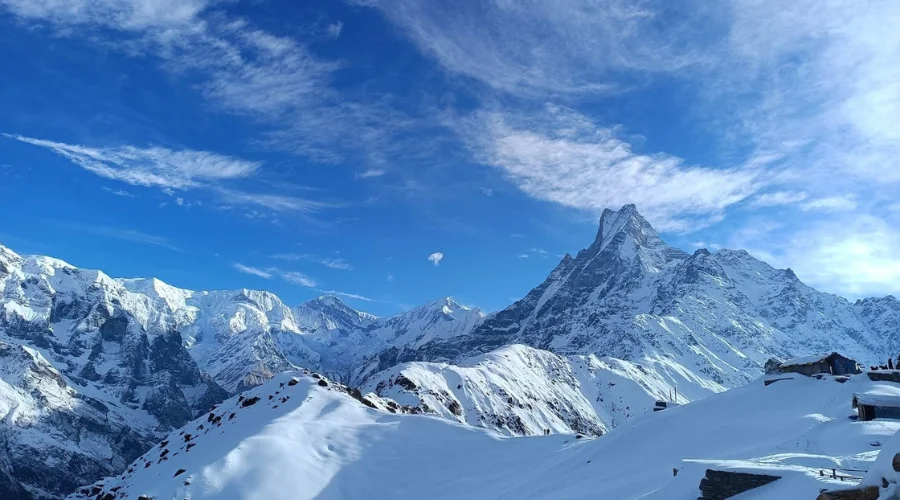
Upper parts of the trek, like High Camp and Mardi Himal Base Camp, experience heavy Snowfall. While the exact date of the Snowfall is not known, it usually begins to fall in late November.
Tamang Heritage Trek
Tamang Heritage Trail Trek is a 12-day trek that will let you dive into the day-to-day life of the Tamang people and help you understand their cultures and traditions. It is situated in the Langtang region, and the highest elevation is 3165 meters (10384 ft) at Nagthali.
Snow trek on the Tamang Heritage Trail is an amazing experience as you will get to explore both Tibetan and Buddhist Cultures and traditional villages with snow-covered roofs, visit monasteries, and enjoy scenic snowy mountain views.
Ghorepani Poon Hill Trek
The Ghorepani Poon Hill Trek is a short and rewarding hike in the Annapurna region, starting from Nayapul near Pokhara. It climbs up to Ghorepani, 2874 meters (9429 ft), and then to Poon Hill, 3,210 meters (10,531ft), a popular viewpoint for sunrise over the Annapurna and Dhaulagiri ranges.

The trek usually takes 4–5 days and is great for beginners. Snowfall is most common around Deurali and Poon Hill, especially from late December to early February.
Winter adds a quiet charm to the forests, stone steps, and mountain villages, with crisp air, snow-dusted trails, and cozy teahouses welcoming trekkers along the way.
Manaslu Circuit Trek
Snow trekking in Manaslu Circuit is a thrilling experience as you will be reaching the highest point at Larkye La Pass at 5106 meters (16751 ft). During this 13-day high-altitude trek, you will be passing through Gurung villages, snow-covered forests, Tibetan cultures and traditions and remote valleys.
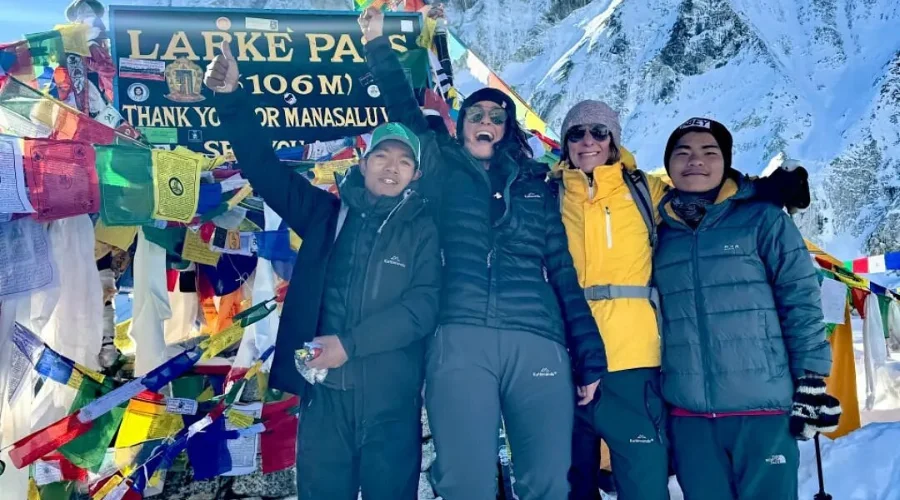
Snowfall is most intense around Samagaun and Larkye La Pass, especially from mid-December to late February. During this time, the trail transforms into a white wilderness. One of the unmissable moment when you reach Larkye La Pass and view from top is heaven.
The trek’s raw beauty, fewer crowds, and cultural richness make it a favourite for experienced hikers seeking solitude and snowy mountain serenity.
Annapurna Circuit Trek
The Annapurna Circuit Trek starts from Besisahar, which is a 7-8 hour drive from Kathmandu and winds through diverse landscapes, climbing to Thorong La Pass at 5,416 meters (17769.03 ft).
It is an 11-day trek, passing through subtropical forests, alpine valleys, and Tibetan-influenced villages. The trek’s highlights include the Marsyangdi Valley, Muktinath Temple, and panoramic mountain views of Annapurna, Dhaulagiri, and Machhapuchhre.

Heavy snowfall usually hits Manang and Thorong La between late December and mid-February, turning trails icy and remote. You should have decent fitness and experience of trekking in rough terrains for this trek.
The Annapurna Circuit snow trek offers a raw alpine experience with quiet trails, frozen waterfalls, and snow-covered passes. Trekkers face cold, thin air and icy paths, gaining a real sense of isolation, adventure, and high-altitude winter survival.
Nagarkot Hike
The Nagarkot hike via Sundarijal and Chisapani is a scenic multi-day trek that starts from Sundarijal at 1350 meters (4,430ft), just an hour’s drive from Kathmandu.
The trail passes through Shivapuri National Park, reaching Chisapani on the first day, then heads to Nagarkot 2,195 meters (7201.44 ft). The hike usually takes 2–3 days and offers quiet forest paths, village life, and panoramic Himalayan views.
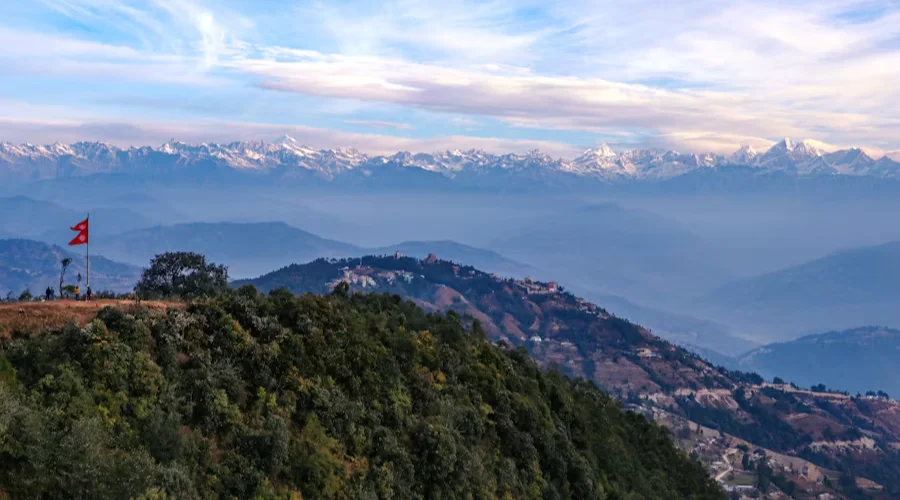
Snowfall is rare but possible around Chisapani and Nagarkot during late December to early February, especially after strong cold waves. Highlights include peaceful winter trails, mountain sunrises, and a break from city noise without going too far from Kathmandu.
Phulchowki Hike
The Phulchowki Hike starts at Godawari, which is an hour’s drive southeast of Kathmandu. This trail goes up to Phulchowki Hill, which, at 2,762 meters (9,058 feet), is the highest point in the Kathmandu Valley.
The hike, which is a round trip, takes 4 to 6 hours. Also, you will pass through very dense rhododendron forests, which are home to great bird life. In winter, from late December to early February, which is also the time of heaviest snowfall, you can expect to see snow near the summit.
Phulchowki is the choice for a snowy day hike among the hills near Kathmandu. The main highlights of the hike are forest trails, snow-covered hilltops and panoramic views of the Himalayas and the Kathmandu Valley.
Shivapuri Hike
The Shivapuri Hike begins from Budhanilkantha, just 30 minutes from central Kathmandu. The trail enters Shivapuri Nagarjun National Park and ascends to Shivapuri Peak (2,732 meters), the second-highest hill around the valley.
The hike takes about 6–7 hours round-trip and passes through peaceful pine forests and monasteries. Snowfall is possible from late December to early February, mainly near the upper stretches and summit.
It’s one of the best short snow hikes near Kathmandu, especially after cold spells. Highlights include views of Langtang and Ganesh Himal, forest serenity, and a refreshing escape into nature without leaving the valley.
Kakani Hike
The 5–6 hour hike starting from Tokha or Balaju, kathmandu, is an amazing trail for a snow hike. You can start your hike in the morning and explore the snowy landscapes, Tamang cultures, and cultivation.
During winter, kakani experiences snowfall and exploration is possible. It is at an elevation of 2030 meters (6660 ft). The hike takes about 4–5 hours round-trip and is ideal for beginners.
Snowfall is rare but can happen in late December to early February, mostly after strong cold spells. If it snows, it’s usually near the top. Highlights include fresh mountain air, distant views of Ganesh Himal, and strawberry farms in season.
Last Minute Preparation and Gear Tips
Snow hiking requires solid physical and mental preparation; the following tips and suggestions will help you.
- Before you leave for your snow hike, check the weather forecast for snowstorms or string winds.
- Wear sturdy, waterproof hiking boots with deep tread to handle snow and icy patches safely.
- Gaiters are a good way to stop snow, slush and dirt from going inside your boots. So have gaiters.
- Trekking poles can be a game changer as they help you navigate through hidden snow bridges, maintain balance and reduce the risk of slipping on frozen or uneven trails.
- Bring insulated gloves, a woollen hat, and a neck warmer to protect exposed skin from the biting cold.
- Wear UV-protective sunglasses and apply sunscreen since snow reflects sunlight and increases the risk of sunburn.
- Carry a headlamp with fresh batteries, as daylight fades quickly in winter, and trails can darken early.
- Keep quick snacks and water in easy-to-reach places, as the cold drains energy and appetite faster.
- Let someone know your plan and estimated return time, especially if hiking solo or in remote areas.
What to eat & Drink During Snow Hikes?
Snacks for hiking are very important as high altitude will not let you feel hungry or thirsty. The following tips will help you with what to eat and drink during snow hikes.
- Drinking should be your utmost priority because the cold weather won’t let you feel thirsty. Drink warm fluids like herbal tea, soup or hot water, which help regulate the body’s head and keep you hydrated.
- For short hikes, pack carbs and proteins like boiled eggs, peanut butter sandwiches or cheese cubes to stay full longer.
- For long treks and hikes, pack high-energy snacks like trail mix, energy bars, nuts, dried fruits, jerky or chocolate for fuel.
- Eat often in the interval of every two hours and keep sipping the water every hour.
- Electrolyte tablets or salt-based snacks help replace what you lose through sweat.
- If you sit for longer breaks, hot porridge, instant noodles, or a hearty Nepali meal, Daal Bhat Tarkari will fuel you up and help you in recovery.
- Avoid alcohol and too much caffeine, as both can dehydrate you and mess with your body’s heat regulation.
Common Winter Hiking Challenges with Dealing Tips
If you don’t know how to deal with the challenges that come with snow hiking, then your experience might get marred. Following are the tips to deal with winter hiking challenges.
- Do not go near frozen lakes or try to play over them because they might collapse and risk your life.
- Don’t expose fingers or toes too cold for long, and wear thick gloves, wool socks, and a warm hat to prevent frostbite.
- Wearing wet clothes in winter hiking is a big red flag as it can make you seriously sick and lead to conditions like hypothermia, altitude sickness and frostbite.
- Snow blindness occurs from intense sunlight reflection off snow; prevent it by wearing UV-blocking and anti-fog sunglasses.
- Avoid hiking during whiteouts, stick to marked trails and carry a GPS/Map to avoid getting lost and trail obstruction.
- Extreme temperature is always the case in snow treks and hikes, so dress in layers, avoid cotton, and keep moving to stay warm.
- Use microspikes or crampons and trekking poles for better grip and stability because of icy and slippery trails.
- Some teahouses stay shut during winter, so check teahouse availability beforehand, and camping in snow needs proper gear and caution.
- Limited power and connectivity are always a case while trekking in high altitudes, especially during the season. Carry backup and satellite phones for safety.
- Snow hiking is usually done in the off-season, so it becomes harder to carry out any rescue operations due to low visibility and weather challenges. Have insurance, carry a first aid kit and hike with a guide if possible.
- When you are snow trekking in Everest Base Camp, Annapurna Base Camp, Annapurna Circuit and Manaslu Circuit, you must wear crampons and gaiters because the surface area is very slippery and icy, and accidents can happen.
Some Safety Tips for Snow Hiking in Nepal
Stay safe while hiking snowy trails in Nepal with these essential winter tips to handle cold, altitude, and slippery terrain.
- Check weather forecasts before you go, and avoid hiking during storms or heavy Snowfall.
- Start early in the day, as winter daylight fades fast, and trails get colder in the afternoon.
- Dress in layers to stay warm and dry; avoid cotton and go for wool or synthetics.
- Wear proper footwear with deep tread and waterproofing to handle snow and ice.
- Use trekking poles for balance, especially on steep or slippery trails.
- Carry navigation tools like offline maps, a compass, or a GPS device in case of trail cover or fog.
- Always inform someone of your route, destination, and expected return time.
- Hike with a partner or guide, especially in remote areas or during deep snow conditions.
- Stay hydrated and well-fed, even if you don’t feel thirsty and hungry in the cold.
- Be aware of signs of frostbite, hypothermia, and altitude sickness and always know when to turn back.
Want to know more?
Speak to an Expert





Sandip Dhungana
Nepal 🇳🇵
Whatsapp: +977-9823636377

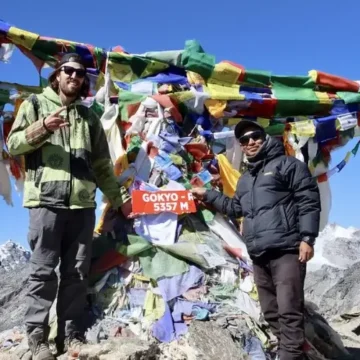
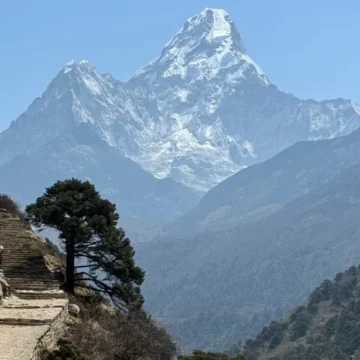
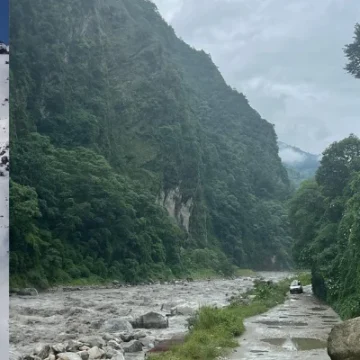
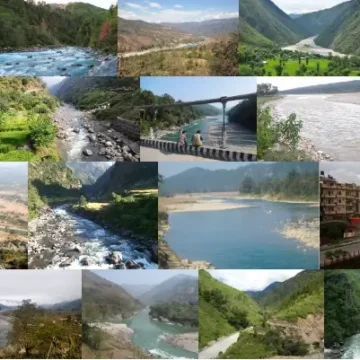



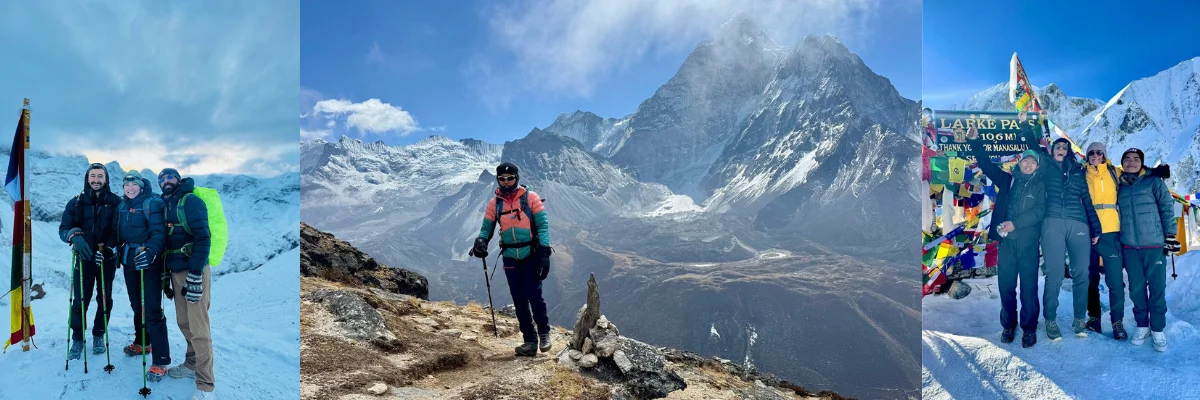
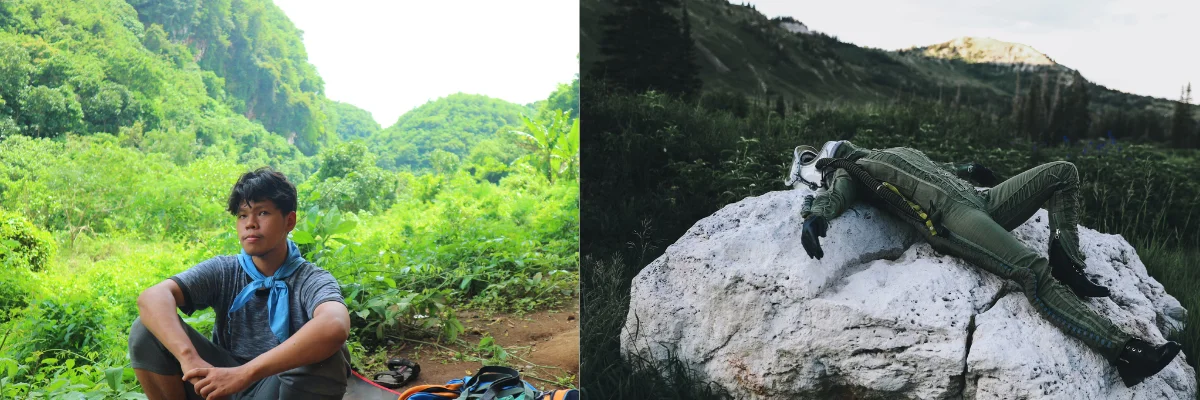
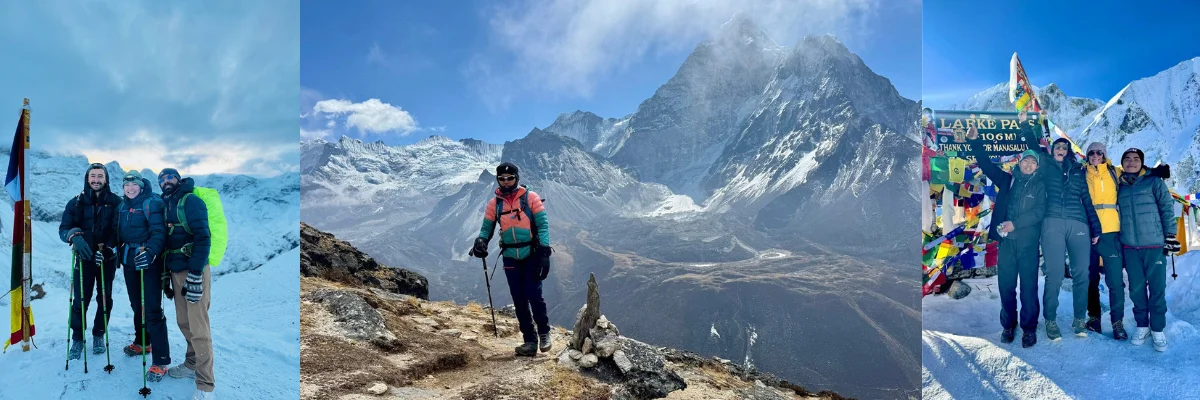
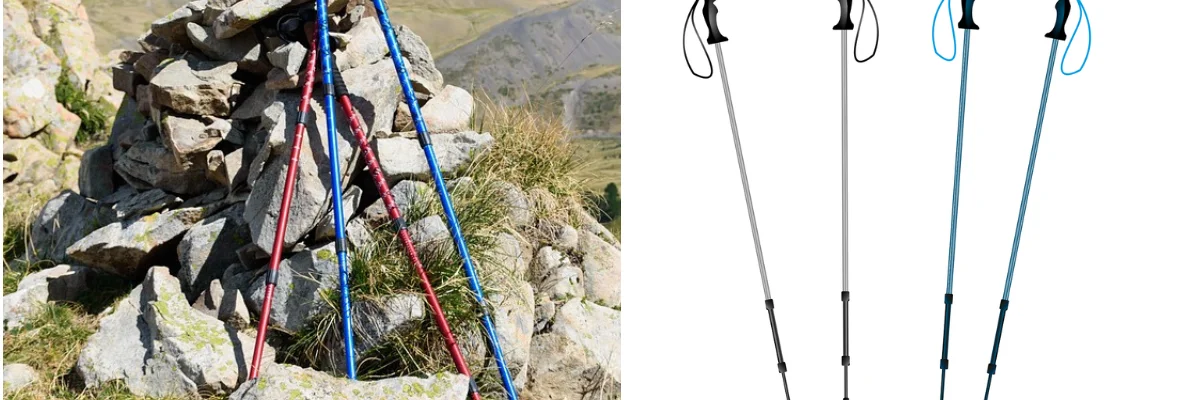
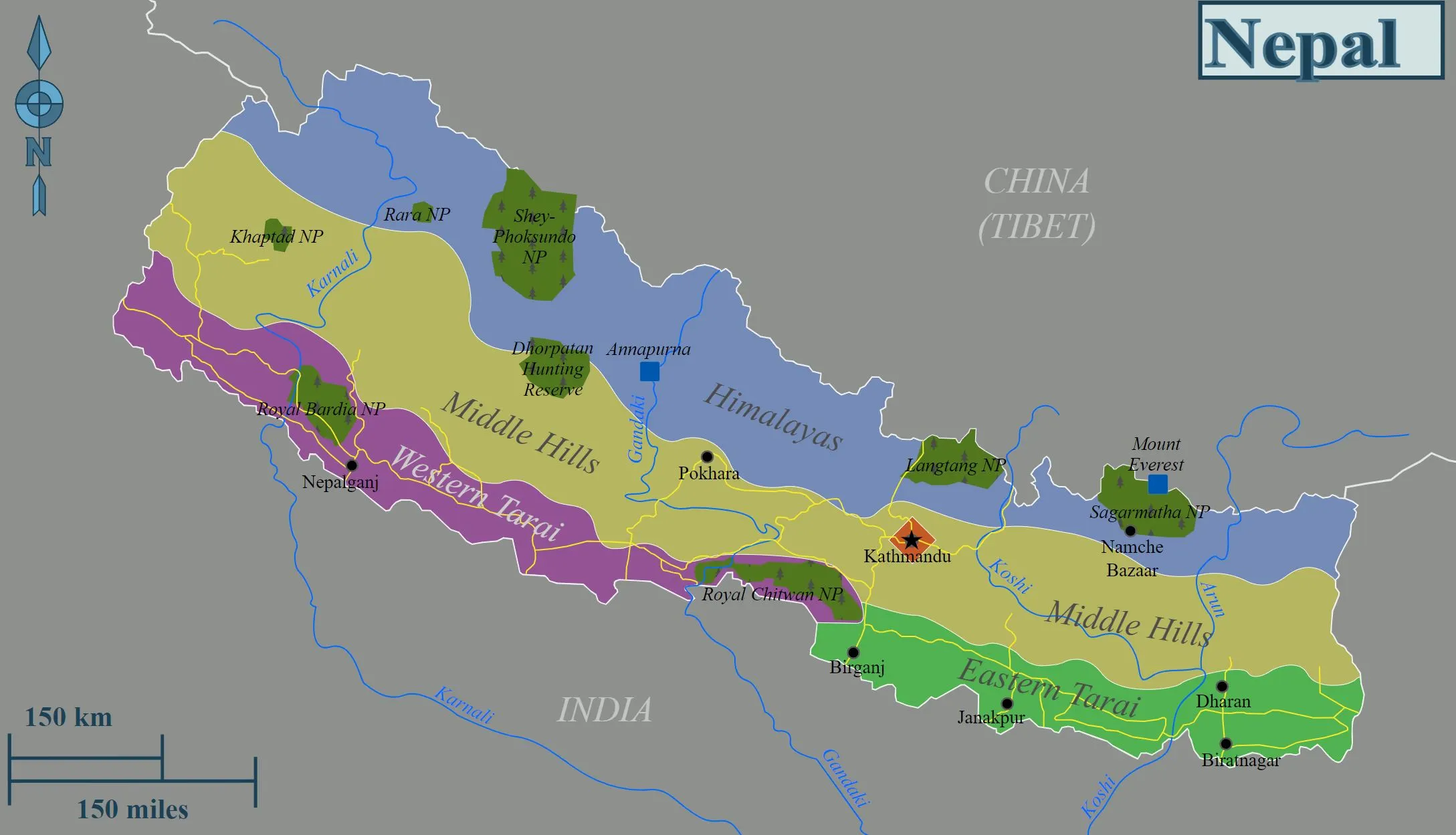









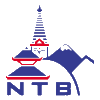


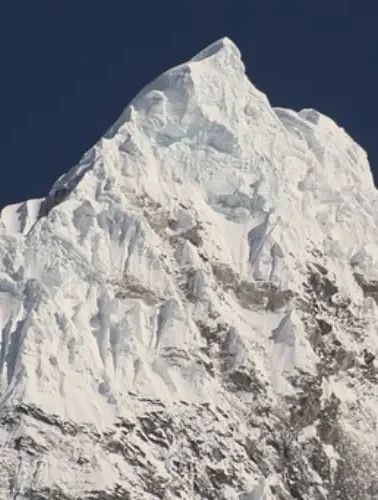
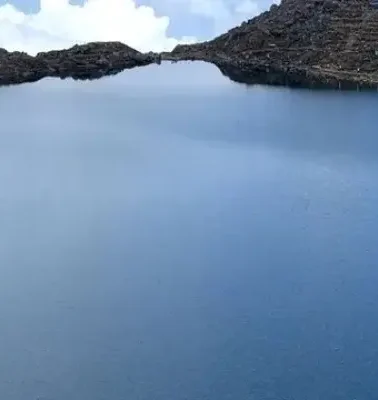

Leave Your Comment